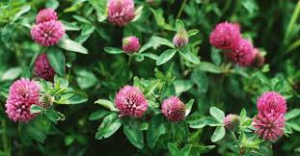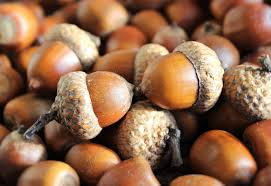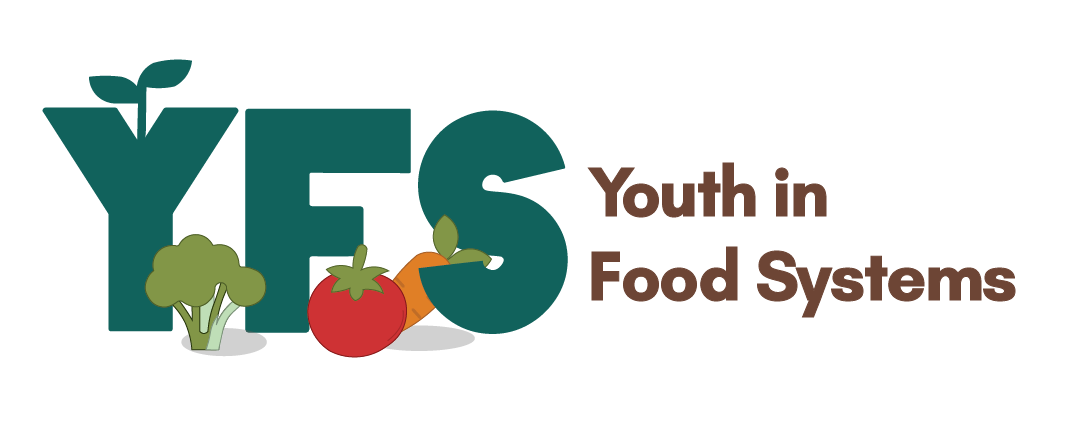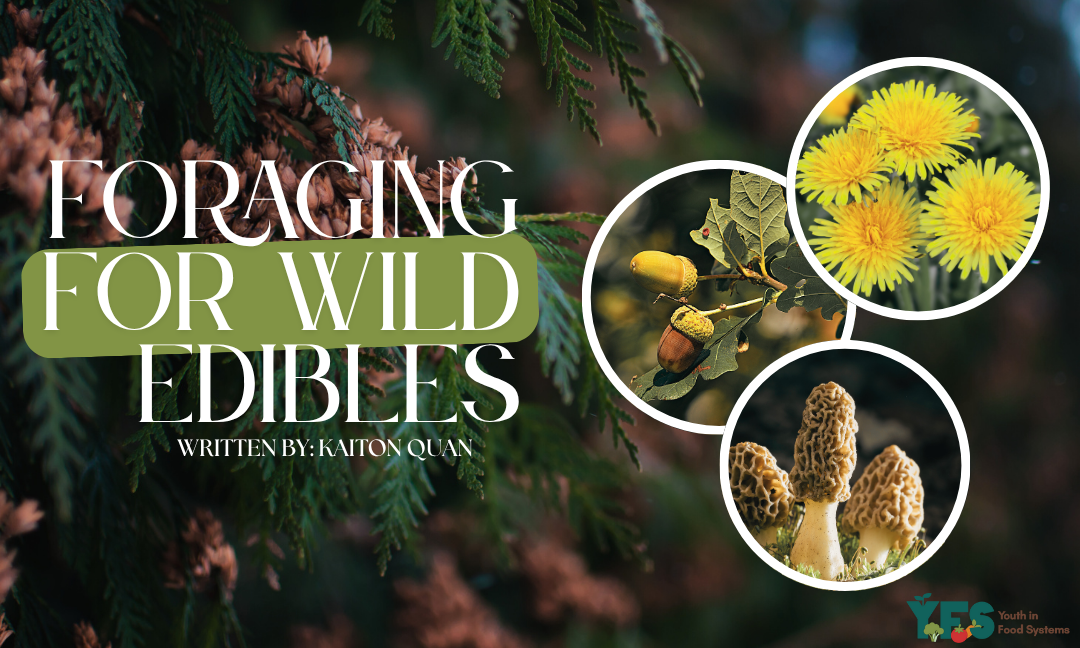Written by: Kaiton Quan
Edited by: Alishba Khursheed
Designed by: Rashiqa Ali
Published by: Andrew Jackson
In a world that often feels disconnected or too fast-paced for nature, foraging is a great way to slow down and reconnect with it. Whether you’re going on a hike or taking a trip to a forest, nature offers many snacks, but only if you know where and how to look for them.
Foraging Safety Guidelines
1. Know what you’re picking
- Only consume wild plants you can identify for sure.
- Use regional field guides or plant ID apps.
- Join a local foraging group.
2. Avoid Contaminated Areas
- Avoid areas such as roadsides, train tracks, factories, and sprayed fields. These fields can contain harmful chemicals.
3. Respect The Environment
- Take only what you need.
- Leave enough for wildlife and regrowth.
- Don’t damage the roots unless the plant is invasive.
4. Know The Laws.
- Check the laws before foraging on public land.
- Always ask for permission on private property.
5. Try A Small Amount First.
- Plants can cause an allergic reaction. When trying something new, try a small amount first
Common Wild Edibles & How to Use Them
1. Dandelion

When to find: Spring to early summer
Use: Young leaves can be used in salads, roots can be roasted for tea
Note: Bitter when mature, should be harvested early.
2. Red Clover

When to find: Late spring to fall
Use: Add blossoms to tea
Note: Great for digestion
3. Wild Strawberries

When to find: Late spring to early summer
Use: Eat raw, use for jams
Note: Tiny but flavourful
4. Morel Mushrooms

When to find: Spring
Use: Sauté or add to pasta
Note: Never eat it raw, it must be cooked to eat
5. Acorns

When to find: Fall
Use: remove tannins, then grind into flour for bread or pancakes
Note: Requires soaking in water multiple times
Conclusion
Foraging isn’t just about free food; it’s about building a deeper connection with the natural world. Just remember: take your time, do your research, and always forage with respect. Want to start foraging this weekend? Start with your backyard. Even the humble dandelion has stories to tell and flavors to share.
Works Cited
- Adamant, Ashley. “Foraging Wild Strawberries (Fragaria sp.) — Practical Self Reliance.” Practical Self Reliance, 26 April 2023, https://practicalselfreliance.com/wild-strawberries. Accessed 6 June 2025.
- “Dandelion Foraging: Identification, Look-alikes, and Uses.” Grow Forage Cook Ferment, 10 June 2020, https://www.growforagecookferment.com/foraging-for-dandelions/. Accessed 6 June 2025.
- Herbert, Jason. “Morel Mushroom Hunting Tips.” Mossy Oak, 9 April 2025, https://www.mossyoak.com/our-obsession/blogs/how-to/tips-for-hunting-the-morel-mushroom. Accessed 6 June 2025.
- “How to Wild Harvest Red Clover & Make Red Clover Tea.” Katie Spring, https://katiespring.com/how-to-wild-harvest-red-clover-make-red-clover-tea. Accessed 6 June 2025.
- Sam. “Seven Rules of Foraging – Read This Before Gathering Wild Foods.” Good Life Revival, https://thegoodliferevival.com/blog/foraging-rules. Accessed 06 06 2025.
- Shaw, Hank. “You Can Eat Acorns – How to Collect, Process and Eat Acorns.” Hunter Angler Gardener Cook, 13 October 2014, https://honest-food.net/how-to-eat-acorns/. Accessed 6 June 2025.

